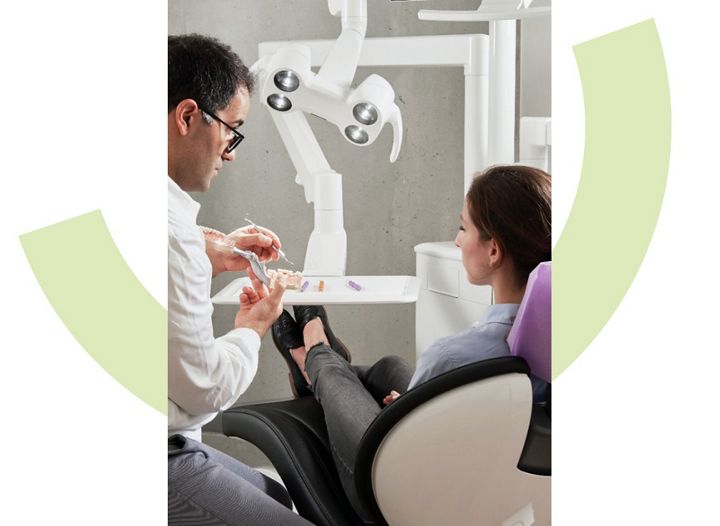Gum treatment FAQs
Making the decision to improve your smile with dental implants can be a big step. Here are a few frequently asked questions to help you make your decision.

About Gum Recession
Gum recession happens when the surface of the gums that surrounds your teeth becomes unhealthy and begins to pull away from your teeth. Left untreated, it can expose more of your teeth than is welcome, and eventually expose the roots. When gums recede, they form gaps or “pockets” that make it easier for food and bacterial to build up, leading to gingivitis and periodontitis. In severe cases, the jaw bone and other facial structures can become damaged, which can ultimately lead to tooth loss.
Don’t have a dentist? You can find one here

